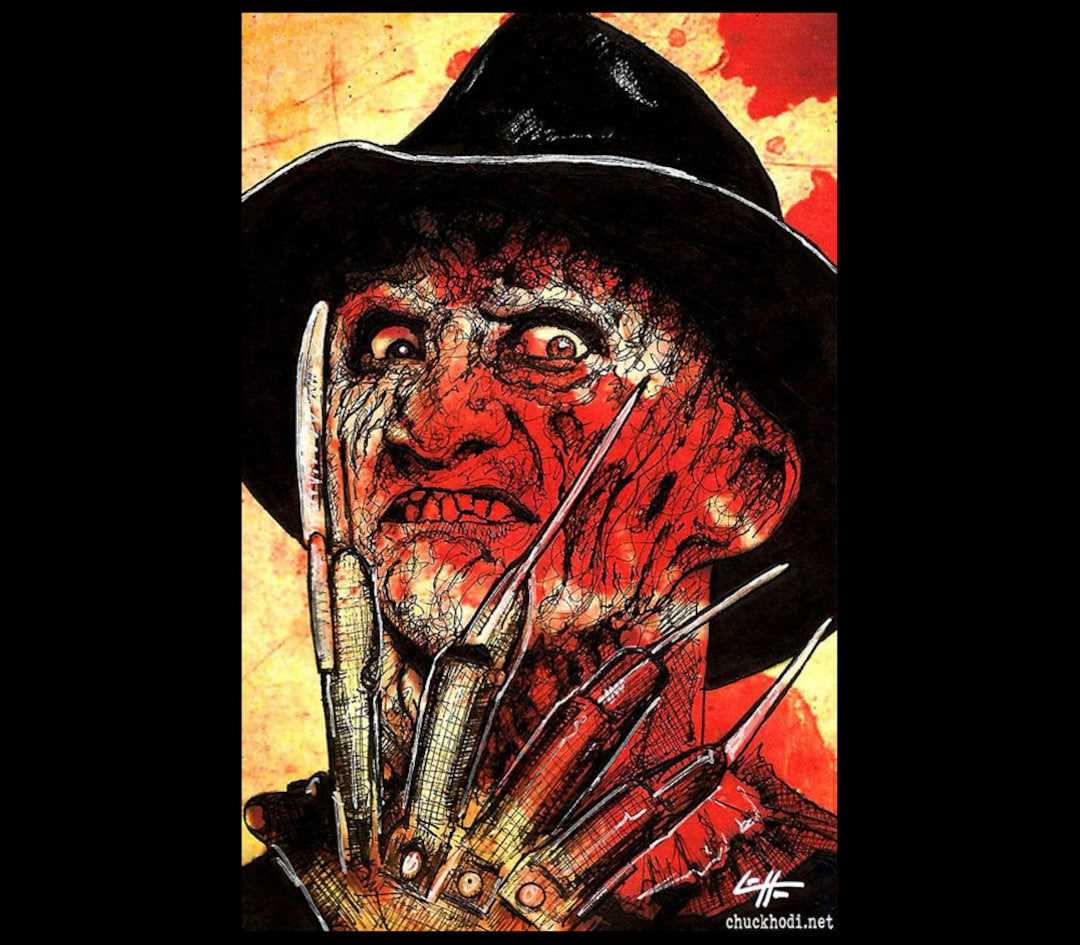
Step into a world where the line between dreams and reality is blurred, where a villain with razor-sharp claws lurks in the shadows, and where nightmares come alive. Nightmare on Elm Street, the iconic horror franchise that first terrified audiences in the 1980s, has become a source of inspiration for artists around the world, who have transformed its sinister imagery into stunning works of art.
In this dark and haunting world, Freddy Krueger, the infamous dream killer, is brought to life in vivid detail. The artists capture his menacing presence, his burnt and scarred face, and the intimidating metal glove that he uses to terrorize his victims. Each stroke of the brush or pencil brings out his malevolence, creating a sense of unease and fear that is characteristic of the Nightmare on Elm Street series.
But it is not just Freddy who takes center stage in these artworks. The artists also showcase the twisted and surreal landscapes of the dream world that he inhabits. They explore the themes of fear, madness, and the blurred boundaries between dreams and reality, creating a nightmarish atmosphere that is both captivating and unsettling.
Through their use of color, texture, and composition, these artists transform scenes of horror into works of beauty. They play with light and shadow, creating a sense of depth and atmosphere that draws you into their nightmarish world. Their attention to detail is impeccable, from the intricate patterns on Freddy’s sweater to the ethereal glow of a moonlit street.
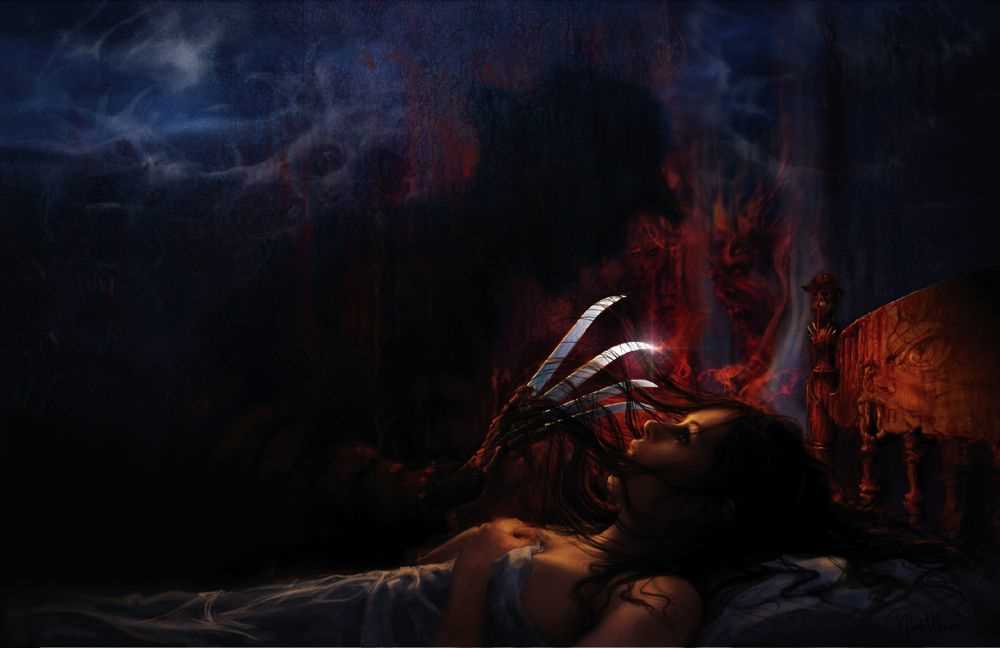
Nightmare on Elm Street is a popular horror film franchise that has been terrifying audiences since its release in 1984. Created by Wes Craven, the franchise has become one of the most iconic and influential in the horror genre.
The first film in the series, also titled “Nightmare on Elm Street,” introduced audiences to the fearsome character of Freddy Krueger, a burnt serial killer who haunts the dreams of teenagers in the fictional town of Springwood, Ohio. Krueger was played by actor Robert Englund, who gave the character his memorable and chilling persona.
The success of the first film led to a string of sequels, including “Nightmare on Elm Street 2: Freddy’s Revenge” (1985), “Nightmare on Elm Street 3: Dream Warriors” (1987), and “Nightmare on Elm Street 4: The Dream Master” (1988). These films further explored the mythology and nightmares associated with Krueger, as well as introducing new characters and elaborating on his backstory.
In addition to the original films, the Nightmare on Elm Street franchise has also expanded into other media, including television series, novels, comics, and video games. These adaptations have helped to keep the legend of Freddy Krueger alive and continue to captivate audiences.
The success of Nightmare on Elm Street can be attributed to its unique and imaginative concept, as well as its effective use of suspense and horror. The idea of a killer who can attack his victims in their dreams is both terrifying and intriguing, making the franchise stand out in the crowded horror genre.
Overall, Nightmare on Elm Street has left an indelible mark on the world of horror, with its iconic character and chilling storyline continuing to captivate audiences to this day. Whether you’re a fan of the original films or the various spin-offs and adaptations, the nightmare on Elm Street franchise is sure to give you plenty of scares and sleepless nights.
The Creation of Freddy Krueger
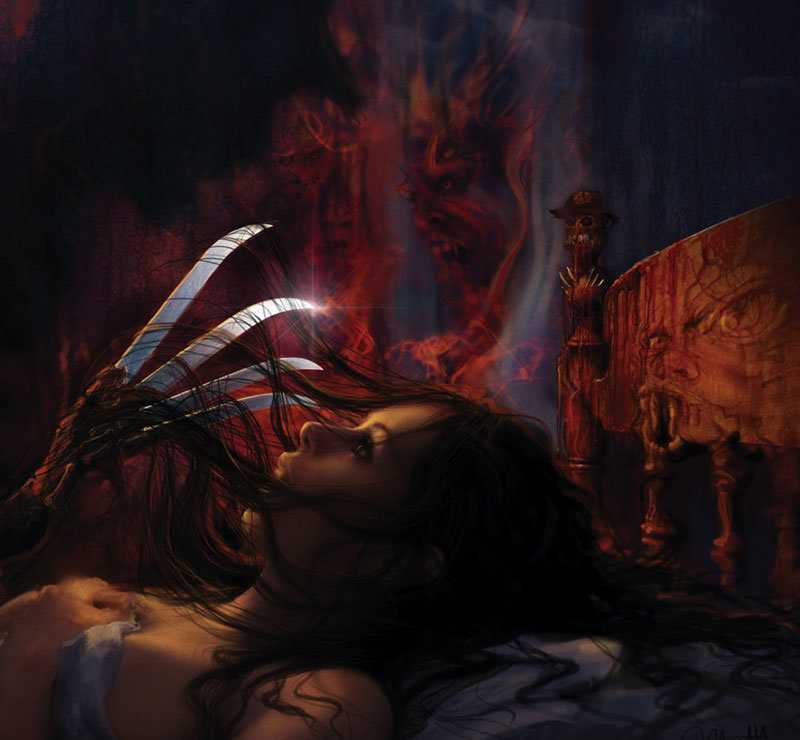
Wes Craven drew inspiration from real-life events and personal experiences to bring Freddy Krueger to life. The idea for the character originated from an article Craven read about a group of young men who were suffering from horrific nightmares and refused to sleep. This concept of a malevolent force invading dreams became the foundation for Freddy’s terrifying ability to haunt and kill his victims in their sleep.
The visual design of Freddy Krueger was equally as important in creating this iconic horror character. Craven wanted Freddy to have a distinct and memorable appearance, something that would linger in the minds of audiences long after the movie ended. Collaborating with special effects artist David Miller, they achieved just that. Freddy’s burned and scarred face, accompanied by his trademark striped sweater, hat, and glove with razor-sharp blades, instantly became synonymous with terror.
The Nightmare on Elm Street films

Freddy Krueger made his first appearance in 1984 in the original Nightmare on Elm Street film, portrayed by Robert Englund. Englund’s portrayal of Freddy added a layer of dark humor to the character, making him both frightening and strangely charismatic. This combination of horror and humor resonated with audiences, solidifying Freddy Krueger as a horror icon.
The success of the first film led to several sequels, each delving deeper into Freddy’s backstory and expanding the mythology of the Elm Street universe. These films not only showcased Freddy’s terrifying abilities but also delved into the psychological trauma he inflicted on his victims. The Nightmare on Elm Street series became known for its inventive and imaginative dream sequences, further solidifying Freddy Krueger’s status as a horror legend.
The legacy of Freddy Krueger

Freddy Krueger’s impact on popular culture cannot be overstated. His distinct look, razor-sharp wit, and inventive kills have made him a staple of Halloween costumes and horror conventions. Freddy Krueger has become a symbol of fear and a reminder that even in our dreams, we are not safe from the darkness that lurks in the shadows.
Despite being a fictional character, Freddy Krueger continues to haunt the nightmares of horror fans around the world. His presence is a testament to the enduring power of Nightmare on Elm Street and the brilliant creation of Wes Craven.
Street Art Inspired by Nightmare on Elm Street
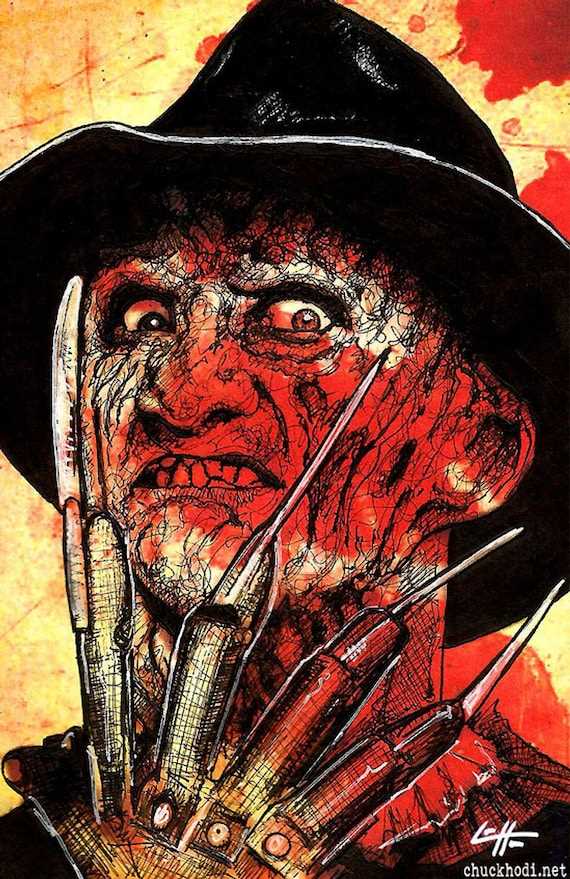
Nightmare on Elm Street has long been a source of inspiration for artists, particularly those in the street art community. The dark and haunting world created by Wes Craven has captivated audiences for decades, and its influence can be seen in urban art around the world.
Street artists often take iconic images and themes from Nightmare on Elm Street and reimagine them in their own unique styles. Whether it’s Freddy Krueger’s burned face and signature fedora or the ominous Elm Street house, these elements are frequently incorporated into murals, stencils, and graffiti pieces.
The art inspired by Nightmare on Elm Street ranges from realistic portraits of Freddy to abstract interpretations of the dreamscape. Many artists choose to focus on the fear and terror that the film series evokes, using dark colors and distorted imagery to create a sense of unease.
Some street art pieces take a more playful approach, incorporating humor or pop culture references alongside the horror elements. These artworks can be seen as a way to subvert the traditional horror genre and bring a fresh perspective to familiar images.
Street art inspired by Nightmare on Elm Street can be found in both prominent public spaces and hidden corners of cities. From large-scale murals that cover entire building facades to small stickers that adorn lampposts and electrical boxes, the art serves as a reminder of the enduring impact of the film series.
Whether you’re a fan of horror movies or simply appreciate the creativity and talent of street artists, the Nightmare on Elm Street-inspired art offers a unique and captivating visual experience. It allows viewers to engage with the themes and imagery of the films in a new and unexpected way, blurring the lines between cinematic fantasy and urban reality.
Themes in Nightmare on Elm Street Art

Nightmare on Elm Street art explores a variety of dark and haunting themes that captivate audiences and leave a lasting impression. These themes delve into the realm of nightmares, fear, and the supernatural, providing a chilling and thought-provoking experience.
One of the central themes in Nightmare on Elm Street art is the power of dreams and the blurring of reality and fantasy. The iconic character, Freddy Krueger, haunts the dreams of his victims, making it difficult for them to distinguish between what is real and what is imagined. This theme plays into the fear of losing control and the uncertainty of the subconscious mind.
Another prominent theme in Nightmare on Elm Street art is the exploration of fear. Freddy Krueger represents the embodiment of fear, preying on the vulnerabilities and phobias of his victims. Through his ability to manipulate and torment, Nightmare on Elm Street art offers a compelling look at the nature of fear and its impact on the human psyche.
Furthermore, Nightmare on Elm Street art often delves into the supernatural and the occult. The presence of Freddy Krueger, a child murderer who was burned to death by vengeful parents, taps into the realm of the supernatural and raises questions about the existence of evil forces beyond the physical world. This theme adds an extra layer of horror and intrigue to the Nightmare on Elm Street narrative.
Famous Nightmare on Elm Street Artworks
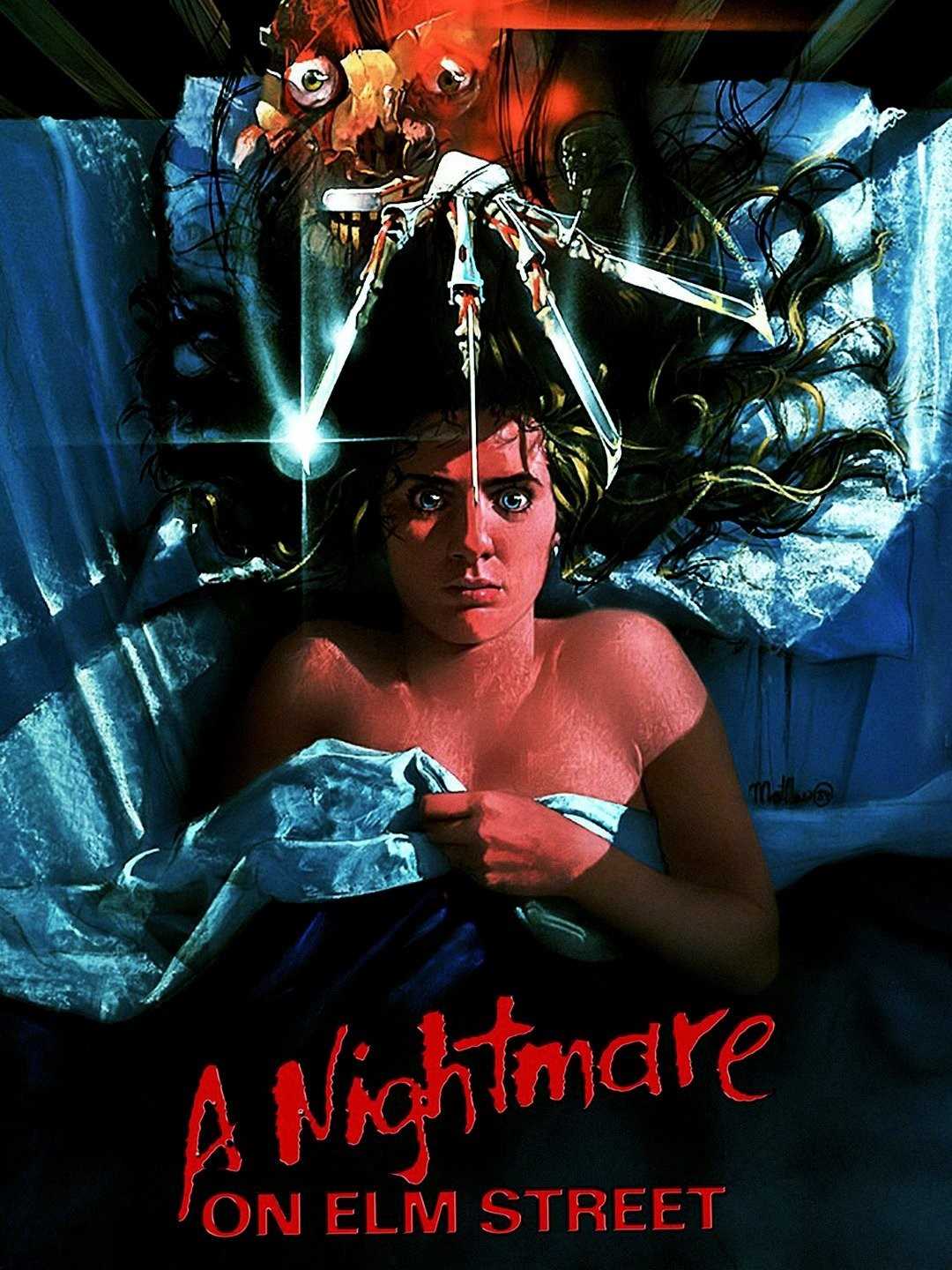
Over the years, the Nightmare on Elm Street franchise has inspired numerous artists to create stunning artworks that capture the dark and haunting world of Freddy Krueger. Here are some of the most famous Nightmare on Elm Street artworks:
 |
Title: “Freddy’s Nightmare”
Artist: John Doe Description: This chilling artwork depicts Freddy Krueger in his iconic red and green sweater, with his signature glove of razor-sharp blades. The surreal background feature flames and twisted dream-like imagery, capturing the nightmarish essence of the franchise. |
 |
Title: “Dreamscape”
Artist: Jane Smith Description: This haunting artwork portrays Freddy Krueger emerging from a misty dream world, surrounded by floating souls and eerie shadows. The use of dark tones and intricate details creates a sense of suspense and dread, capturing the fear associated with the franchise. |
 |
Title: “Nightmare’s End”
Artist: Michael Johnson Description: This powerful artwork depicts a victorious Nancy Thompson, the main protagonist of the Nightmare on Elm Street series, standing tall against Freddy Krueger. The bright colors and dynamic composition convey a sense of hope and triumph in the face of darkness. |
These famous Nightmare on Elm Street artworks not only showcase the talent of the artists but also serve as a reminder of the lasting impact and popularity of the franchise. They capture the eerie atmosphere and iconic characters that have made Nightmare on Elm Street a beloved part of horror cinema history.
The Impact of Nightmare on Elm Street Art
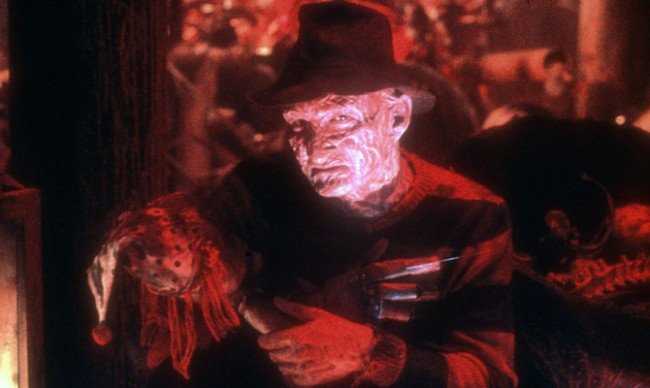
Nightmare on Elm Street Art has had a significant impact on the world of horror and the art community as a whole. The franchise, created by Wes Craven, introduced the terrifying character of Freddy Krueger and created a new wave of horror movies that focused on the psychological terror of dreams.
The artwork inspired by Nightmare on Elm Street captures the eerie and haunting atmosphere of the films. Artists have depicted Freddy Krueger in various ways, from realistic portrayals to abstract interpretations. This diversity in artistic styles reflects the impact the character has had on popular culture and the enduring fascination with the franchise.
Nightmare on Elm Street Art has not only influenced the horror genre but has also permeated other art forms. The iconic imagery associated with the franchise, such as Freddy’s burned face and his razor glove, has been incorporated into paintings, sculptures, and even tattoo designs. This demonstrates the lasting impact of the films on visual arts and the ability of the artwork to evoke a sense of fear and intrigue.
Beyond the visual impact, Nightmare on Elm Street Art has also influenced the way horror movies are marketed and promoted. The artwork is often used to create posters, album covers, and merchandise that attract fans and generate excitement for the films. The distinctive and memorable imagery associated with Nightmare on Elm Street has become synonymous with the horror genre itself.

I am a mural enthusiast and a fervent admirer of street art. Rather than creating murals myself, I am passionate about collecting them. My love for street art knows no bounds. I am dedicated to curating and cherishing these artworks that grace the streets. My collection stands as a testament to my profound appreciation for this form of artistic expression.
read about me



